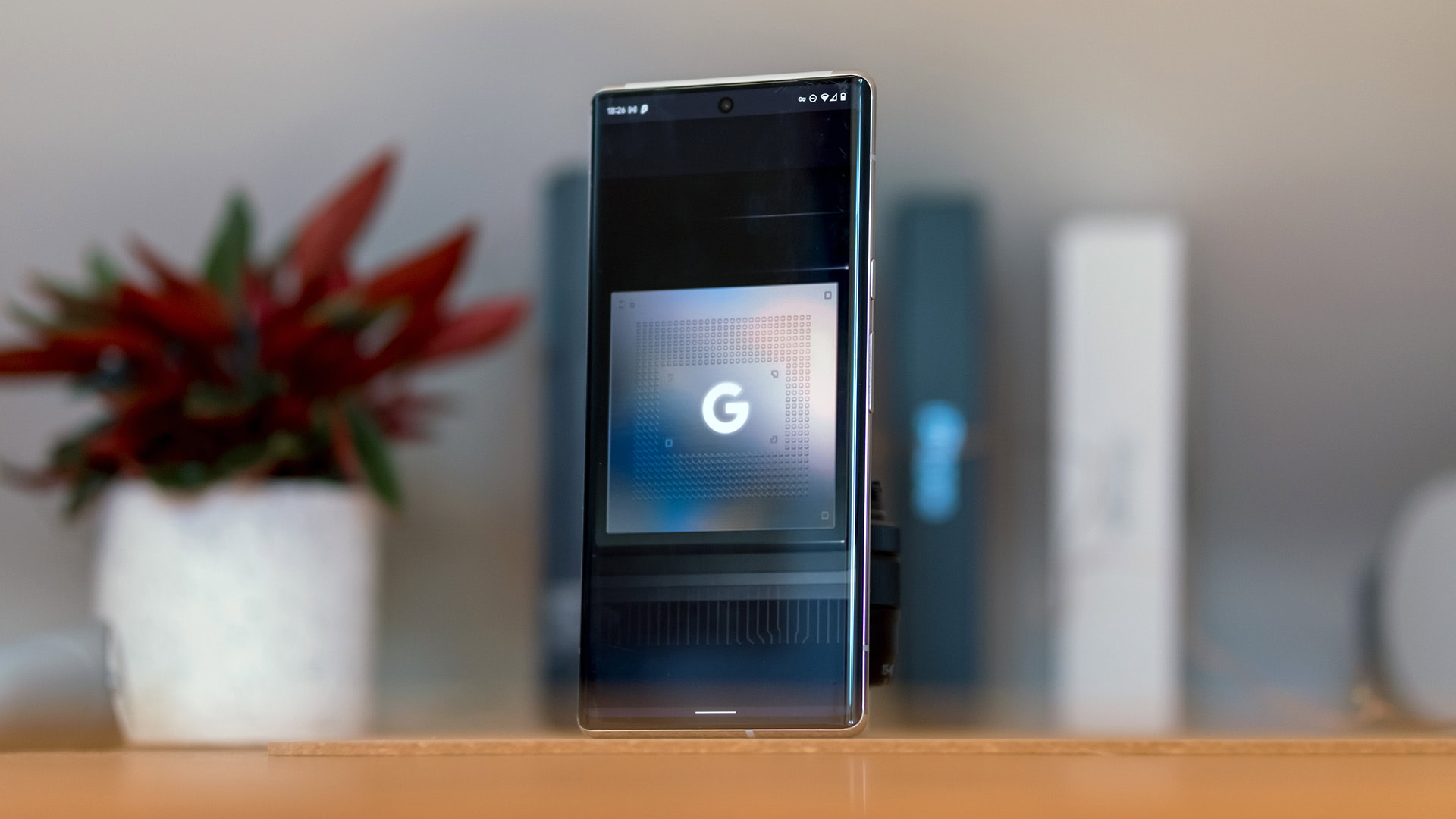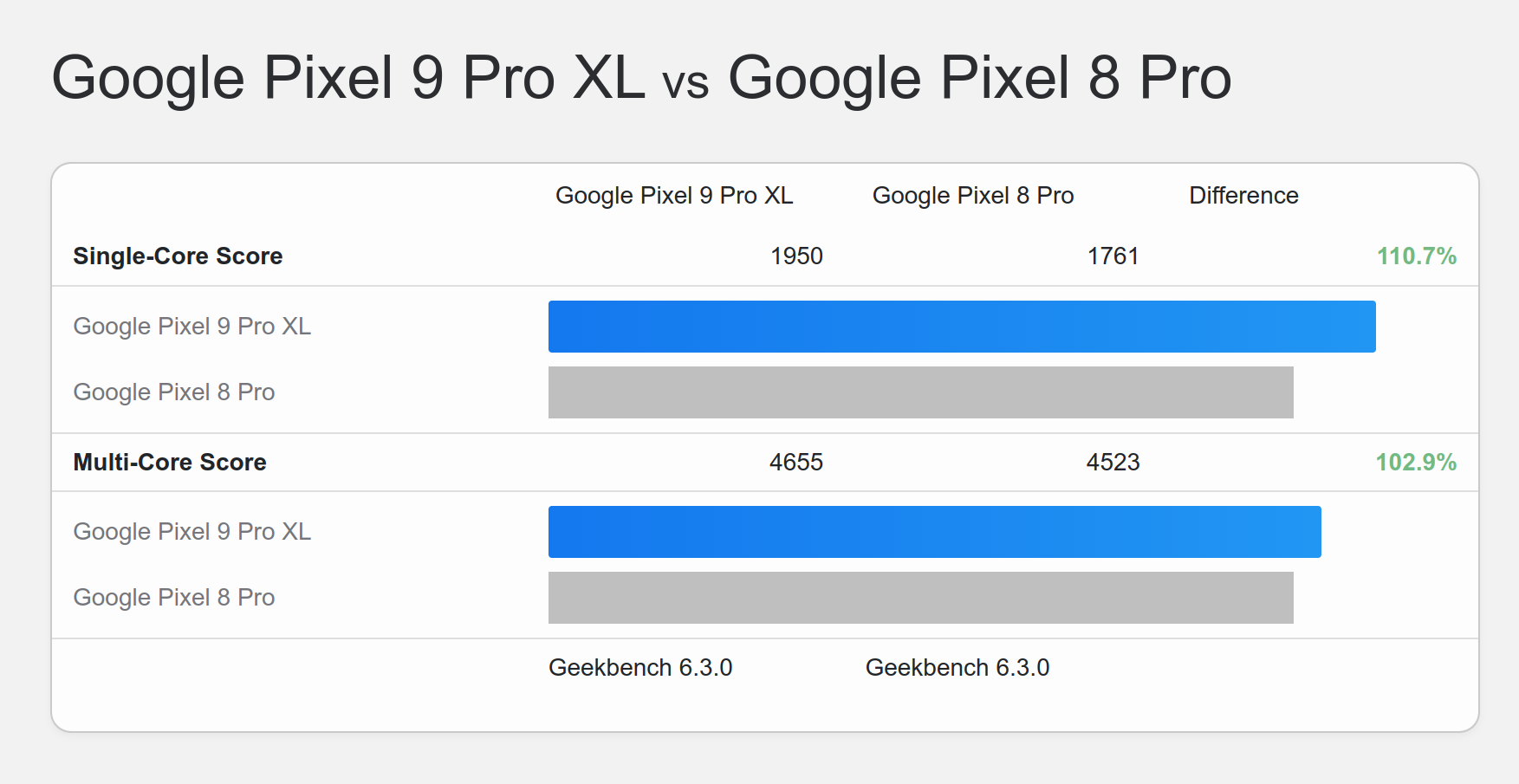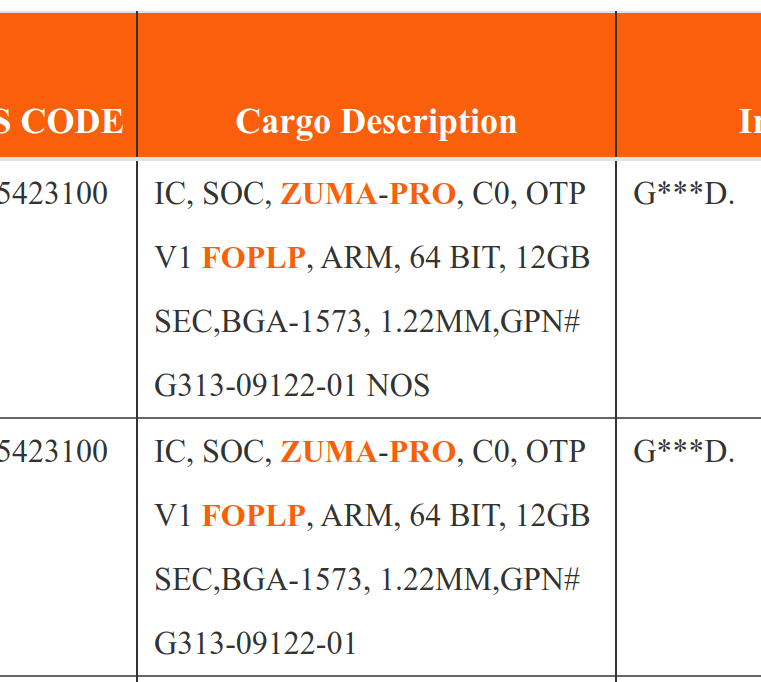Robert Triggs / Android Authority
As we approach the launch of the Google Pixel 9 series on August 13, we’ve seen almost everything about the series leak — from more specific spec leaks to marketing materials. One thing that we’ve heard surprisingly little about, however, is Google’s new processor — the Tensor G4. Over a year ago, we revealed that the Tensor G4 won’t be the chip Google wanted. Instead, it will be a rather minor upgrade. So far, we’ve only learned about its new CPU configuration, which raises a question — is that all that’s new?
Thanks to a source inside Google, we can finally answer that question — is Tensor G4 an actual upgrade over the older G3?
What’s changing…

Robert Triggs / Android Authority
First, let’s quickly summarize what we already know: the Tensor G4 is set to receive an upgraded CPU cluster… kind of.
The Google Tensor G3 had nine CPU cores: four low-power Cortex-A510 cores, four Cortex-A715 “mid” cores, and a single Cortex-X3 big core. The Tensor G4 changes this: it’s configured in a more conventional 4+3+1 arrangement and uses newer ARMv9.2 cores from Arm: the Cortex-A520, Cortex-A720, and Cortex-X4. All the cores are also clocked slightly higher.
While the new CPU cores will certainly bring some performance improvements on their own, the removal of one core could mean the overall multi-core performance will be similar to the older chip. While we will only know this for sure when the reviews drop, the current best score from Geekbench’s public database shows an approximately 11% improvement in single-core and only around 3% multicore improvement over the best Tensor G3 result we could find. Obviously though, take these results with a pinch of salt.

I suspect Google decided to alter the core layout to make the whole design run cooler. The new cores are both faster and more efficient than their predecessors, and removing one would considerably reduce the power draw at the cost of virtually no performance improvement. It is, however, important to note that the main power consumption source of Google Tensor SoCs has always been the modem, not the CPU.
Speaking of, the modem is changing for the better. The Tensor G4 is paired with the new Exynos Modem 5400, as we previously reported. The new modem brings satellite connectivity support and efficiency improvements — our source mentioned “up to 50%” better power consumption than the Exynos Modem 5300 used in the Pixel 8. Unfortunately, it turns out not all Tensor G4 devices will necessarily benefit from this newer modem. Our source has informed us that Google is currently working on a device where the G4 is paired with the older Exynos Modem 5300. At this time, we can’t confirm what the device is, but we suspect it could be the Pixel 9a.
The Tensor G4 also includes the same Mali-G715 GPU as the Tensor G3, although it is clocked a bit higher at 940 MHz, up from 890 MHz. It’s hard to predict its performance, however, as we don’t know anything about the core configuration, so we have to wait for proper benchmarks to come out.
I’ve compiled the full CPU and GPU specs of the Tensor G4 below:
| Tensor G3 (zuma) | Tensor G4 (zumapro) | |
|---|---|---|
|
CPU — little cluster |
Tensor G3 (zuma)
4x Cortex-A510 @ 1.7GHz |
Tensor G4 (zumapro)
4x Cortex-A520 @ 1.95GHz |
|
CPU — mid cluster |
Tensor G3 (zuma)
4x Cortex-A715 @ 2.4GHz |
Tensor G4 (zumapro)
3x Cortex-A720 @ 2.6 GHz |
|
CPU — big cluster |
Tensor G3 (zuma)
1x Cortex-X3 @ 2.9GHz |
Tensor G4 (zumapro)
1x Cortex-X4 @ 3.1 GHz |
|
GPU |
Tensor G3 (zuma)
Mali-G715 MC7 @ 890MHz |
Tensor G4 (zumapro)
Mali-G715 (unknown core number) @ 940MHz |
… and what’s not
A big reason why Google even makes Tensor chips at all is the custom IP blocks it can include. Adding custom hardware that’s simply better than anything available in off-the-shelf SoCs is what lets Google keep building even more advanced Pixel features, most importantly in the areas of AI, camera, and security. As of the Tensor G3, Google has quite a few custom IP blocks: Edge TPU (ML accelerator), GXP (Digital Signal Processor, primarily used to accelerate camera tasks), BigWave (AV1 encoder/decoder), Titan M2 security chip, and more.
While all these elements are critical to why Tensor exists, they are not changing at all in the Tensor G4. The Edge TPU is still the same model codename “rio,” running at the same clock speed; the GXP is still “callisto,” also running at the same frequency; BigWave is not changed at all. The list goes on.

Not only that, but the chip’s packaging technology is still identified as FOPLP in software and the Tensor G4’s shipping manifests (see above). Samsung’s FOWLP is a considerably better package in terms of thermals. It had previously been rumored to be coming to the Tensor G4, but it appears that report was incorrect.
The parts of the chip that are provided by Samsung are also unchanged, which raises a question — what happened?
The Tensor G4 is not the chip Google wanted

As we reported in September of last year, Tensor G4 was supposed to be an entirely different chip. Google originally planned to have its first SoC built independently of Samsung ready in time for the Pixel 9 series, but it missed a deadline for that chip — codenamed “redondo.”
This left Google in an awkward position — the Pixel 9 needed a new CPU, but the fully custom chip wasn’t ready. The solution was simple — make one last chip in collaboration with Samsung. Tensor G4 (“zumapro”) is a minimal upgrade over the Tensor G3 (“zuma”), and that’s by design. It’s such a minor upgrade, in fact, that all of the Pixel 9 series devices were first prototyped with a Tensor G3 to shorten the development time. We’ve actually seen this before: the early Pixel 9 Pro Fold leak (which was back then thought to be called “Pixel Fold 2”) mentioned that the older prototypes of the phone actually ran on Tensor G3!
Tensor G4 might not be a huge upgrade, but it is an upgrade. Google is delivering some improvements, such as the new modem, and that’s better than nothing.
This situation has an interesting implication, however: it means that all the new Pixel 9-exclusive features are purely artificial locks. It also means it should be possible to port all these features to the older Pixel phones, which I’ll try to do after they release, similarly to how I ported the Pixel 8 Pro’s pro camera mode to the Pixel 7 Pro.
What do you think about the Google Tensor G4? Let us know in the poll and the comments.
What do you think about the Tensor G4?
654 votes

